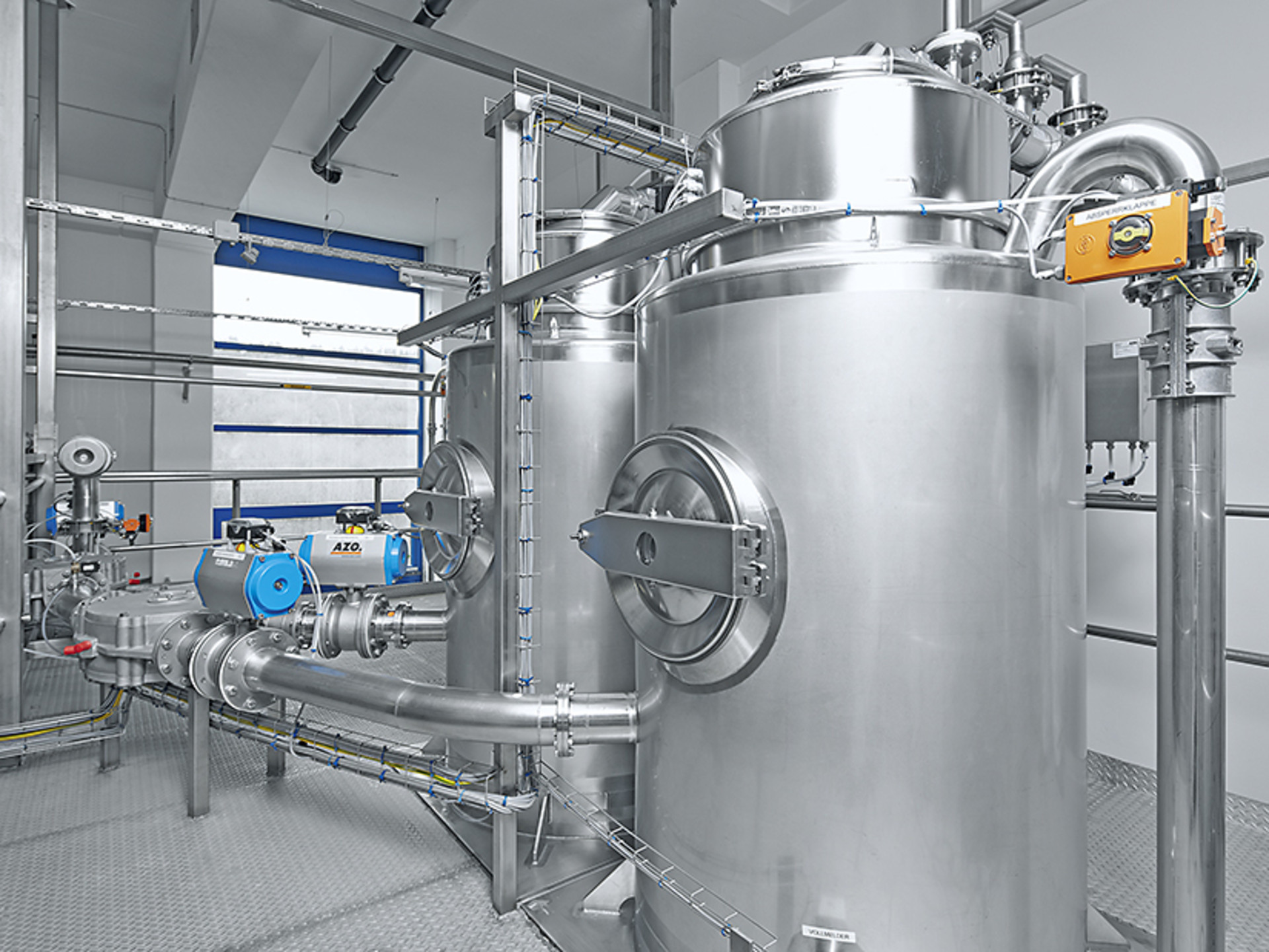
The right pneumatic conveying equipment can have a tremendous impact when you’re moving fragile materials.
The appropriate system design and proper technique can make your conveying line more cost-effective. If you’re not moving your fragile bulk material properly, it can cost you time and money.
There is a lot that can go wrong when you’re conveying fragile materials in any plant. From chipped-off bits of chocolate chips to ingredients that cause smearing with a white cake mix — anything can happen. Especially if your pneumatic conveying equipment is carrying that material long distances.
Luckily there are tried and true methods to assure fragile materials are conveyed appropriately and are able to move them from one place to another, keeping these important ingredients intact.
Determine your definition of “fragile”
Once you determine your products are fragile, testing is absolutely recommended for any of these materials to be conveyed with pneumatic conveying equipment. This includes friable or fragile ingredients, as well as blends.
In fact, AZO can capably test your ingredients, take a sample and evaluate whether the material will be easy to handle with pneumatic conveying equipment. Larger scale testing at the in-house labs of AZO generally takes a day to set up, a day to run and a day to clean.
Generally speaking, two or three people conduct these tests and pricing for tests varies. You’re welcome to view tests in person, or videos can be sent demonstrating how they’re conducted. Occasionally some material will fundamentally run differently in the field despite test results.
Have your ingredients tested
Once you determine your products are fragile, testing is absolutely recommended for any of these materials to be conveyed with pneumatic conveying equipment. This includes friable or fragile ingredients, as well as blends.
In fact, AZO can capably test your ingredients, take a sample and evaluate whether the material will be easy to handle with pneumatic conveying equipment. Larger scale testing at the in-house labs of AZO generally takes a day to set up, a day to run and a day to clean.
Generally speaking, two or three people conduct these tests and pricing for tests varies. You’re welcome to view tests in person, or videos can be sent demonstrating how they’re conducted. Occasionally some material will fundamentally run differently in the field despite test results.
Configure the right pneumatic conveying equipment
Configuring materials to specific needs will greatly minimize breakage. How pneumatic conveying equipment is assembled, put together and configured will affect the consistency of the ingredients it conveys. The type of inlet pipe, whether a tangential (which runs along the tangent of a vessel) or direct inlet affect this greatly.
Tangential inlets guide materials from the top and circles to the bottom of a scale or receiver. Direct inlets merely drop the material on top of itself. The latter is perfect for materials and ingredients that do not require fragile handling (such as flour), but tangential inlets make all the difference with materials such as coffee beans when it is necessary to retain flavor by avoiding breakage.
Configure the right conveying type
Considering the different types of conveying is also necessary for keeping fragile materials and ingredients intact. The techniques best suited for fragile conveying include:
- Semi-dense phase
- Dense phase
- Dilute phase.
Dilute-phase, in general, is the classic method of conveying. There is a uniform distribution of products in the pipe through this phase. A semi-dense phase is not fully dense and not fully diluted.
Some products may specifically require this specification between dilute and dense. Dense-phase conveying is more suitable for mixtures of ingredients that plants would not want to separate. All three phases can be used with a vacuum and pressure system, but typically a vacuum system is preferred for sanitation purposes.
Try using our configurator to find the pneumatic conveying equipment you may need. The drop-down menu makes it easy to put together the bulk bag discharging product to fit your needs.

